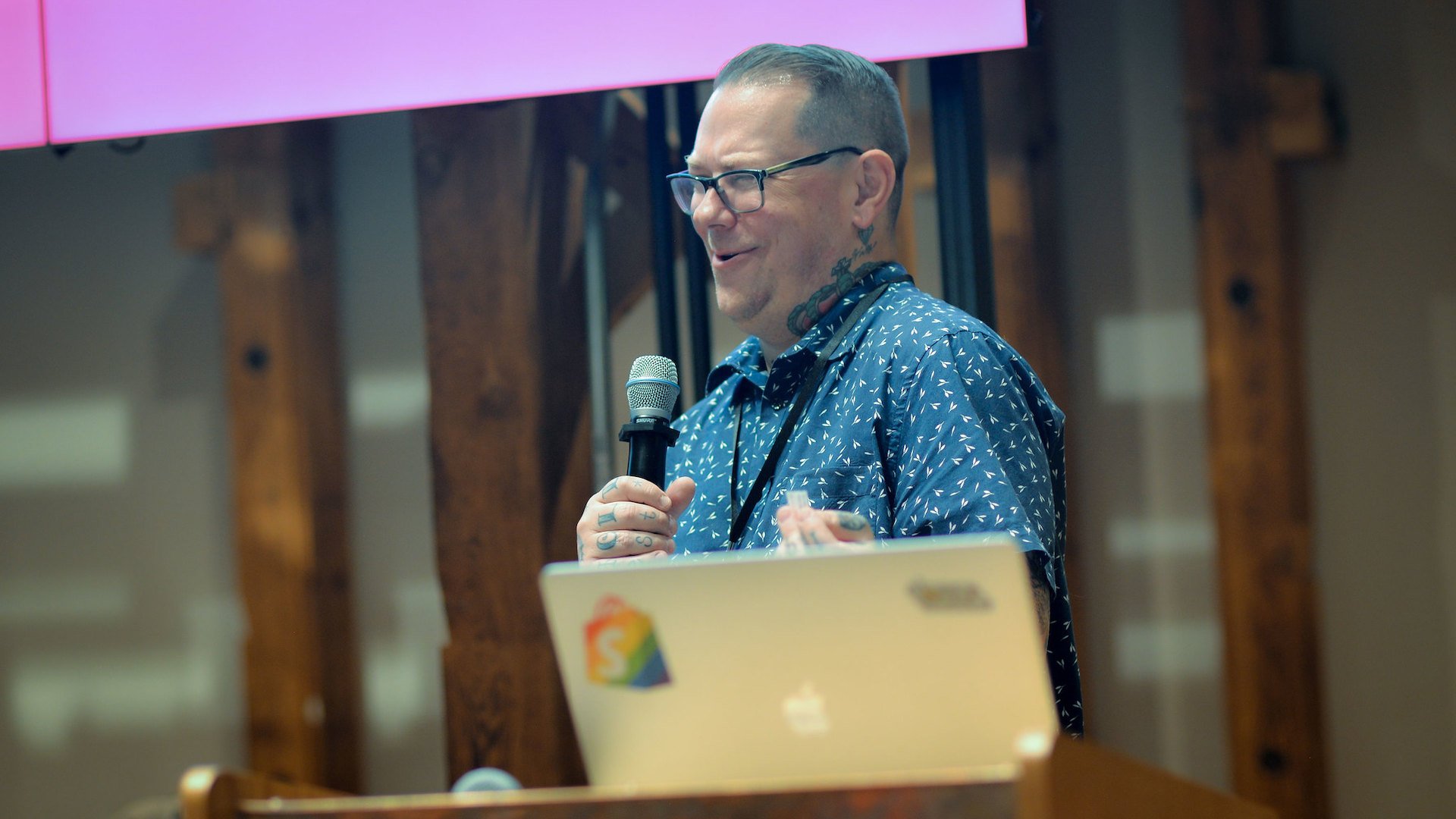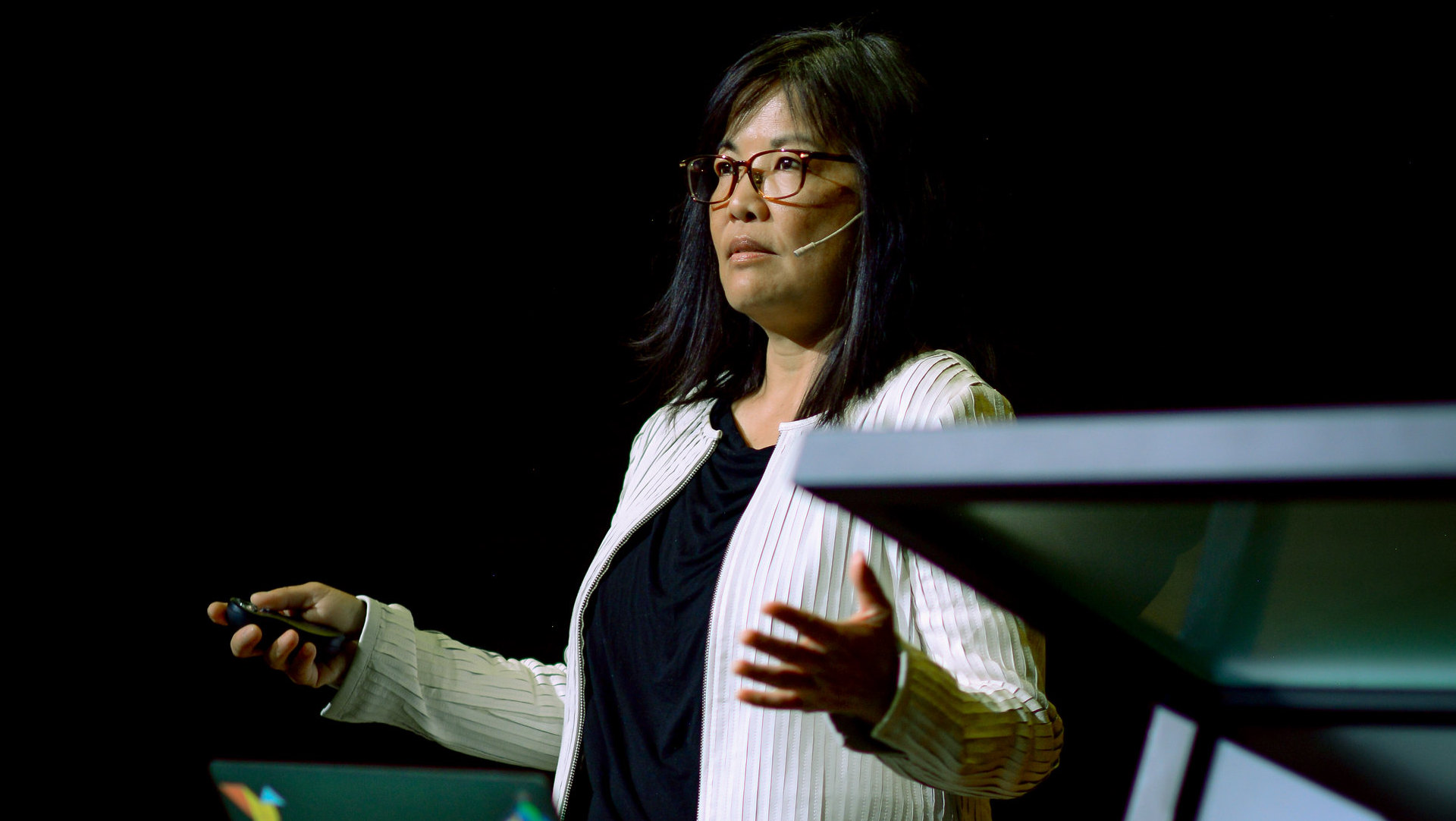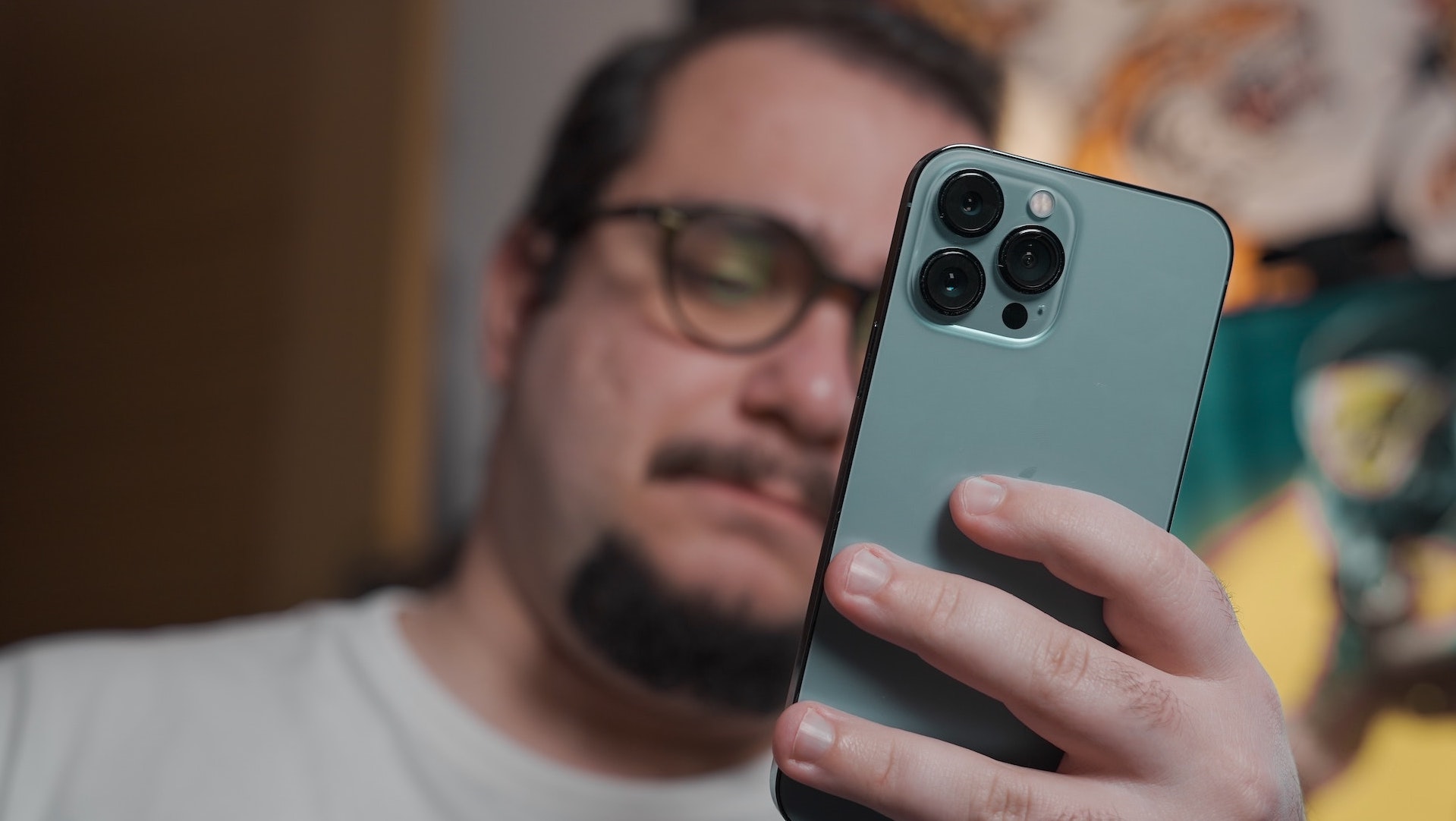Search "UX portfolios" online and there's no shortage of templates and advice: Your portfolio should be a conversation starter. It should showcase your relevant skills through the lens of specific projects. It should have a strong call-to-action and testimonials.
There's nothing wrong with that advice. In fact at a recent uxWaterloo meetup, the focus was on building your UX portfolio. But how do hiring managers use a UX portfolio and how do they think you should approach it? We asked three UX leaders in the industry about it. Here’s what they had to say.
A UX portfolio is a calling card
Your UX portfolio is your calling card, but UX is an umbrella field so your portfolio should signal what type of UX role you're interested in, said Margaret Lee, who was Google's UX director of community and culture before working with Design Dept. as a leadership coach.
Are you looking for a role as an interaction designer, or in a field that doesn’t involve visuals anymore, such as conversation design or workflow?
“I think that that's where a portfolio can be so nuanced because if you're just looking at what it looks like and you're not a visual designer, you might be somewhat of a disadvantage,” said Lee. “So it's not just the visuals, it's what message do you want to convey?”
Often, only having visuals won't tell a hiring manager enough of your story, Lee said. She prefers to see some of the process in a portfolio, and uses portfolios to learn more about how someone approaches solving a problem with design, their thought process, and how they collaborate with others.
“Some indication of that would be really helpful because we rarely work alone,” said Lee. “We're usually collaborating with teams, with stakeholders, so the how is very important. It's not just the final what, which is often what a portfolio will show, but I think it's really important also to show a little bit of the how.”
Different hiring managers may be looking for different things depending on the level that they’re hiring for, added Lee. It should go without saying but a portfolio for someone who wants a role as an individual contributor should look different from someone who is applying for a role as a manager or leader.
It all depends on your experience and the story you want your portfolio to tell, said Lee.
“I would just approach it as if you wanted to tell your story. What's the best way to tell your story if you're not in the room? That's what your portfolio is going to do,” she said.
A manager’s UX portfolio should communicate the type of projects and teams that they’ve led, for example. Your role changes depending on whether you’ve managed one person or 20.
If you don’t already have a trusted friend or colleague giving you feedback on your portfolio, you should start.
“It’s very hard to be objective about your own portfolio. It's like the saying, ‘The cobbler’s kids never have shoes,’ ” Lee said. If you have a trusted friend look at your portfolio, ask them afterward what they thought you were trying to convey. If they tell you something different than what you intended, then you know that a hiring manager who is reviewing your portfolio will likely think the same thing, said Lee.
But above all, remember: craft is important.
“Craft absolutely has to be there,” said Lee.
Your UX portfolio is solving two problems
Davis Neable, UX director at Humi, said a UX portfolio is really solving two problems: How can you get yourself noticed during the recruitment process and how can you tell a potential employer more about your process and work. But those are two different asks, said Neable.
“I don't think we, as an industry, do applicants justice, because we call them the same things and don't tell them we're actually looking for different things, because we can't possibly be looking for the same things in both the interview and the static submission,” she said.
What you bring to a portfolio review interview shouldn't be the same thing that got you in the door, she said. The first is a marketing billboard that isn't really conducive to storytelling, while the second is a deep dive into the story of how you work, Neable said — what's your process, what did you learn?
Too often though people treat those two things the same and present the work in their portfolio.
But hiring managers are looking for stories about how you work in the interview, said Neable.
“You can give me a little bit more of the context, you can tell me about the iterations that you worked through, you can tell me about what you learned or what you would do differently, all that kind of stuff,” she said.
(Neable and two other UX leaders recently reviewed and offered feedback on the portfolios of 12 people from underrepresented groups and also answered questions about working in UX.)
When Neable is looking through a portfolio, she often looks for evidence that you’ve approached your portfolio like a design problem. That means customizing your portfolio and making it easy to figure out what you’re about.
“You would love to see that level of care and thoughtfulness in the design of whatever that artifact is also translated in the quality of their portfolios. But oftentimes, we see senior designers who are submitting the exact same portfolio as they're going to bring up in their portfolio interview,” said Neable.
And if you're on the hiring side, be clear about what you're looking for when you send a calendar invite to someone for a portfolio review. "The test should not be to mind read," said Neable. "Give applicants context."

(Aaron Irizarry at Fluxible.)
Bring a level of narrative design to your own work
Use your portfolio to tell a story about how you approached your work, who you partnered with, and what you learned along the way, said Aaron Irizarry, senior director of design at Capital One.
It can be frustrating when you’re a junior designer and every role wants three or four years of experience and you might feel like you have nothing to show, but talk about what you’ve been doing in school and what you’ve been learning, he said. Showcase a school project or any freelance work you may have done. Include a story about what you learned and the skills you developed on the project, which shows the person hiring how you approach your work.
“It’s silly to look for entry-level folks with experience,” said Irizarry.
At Capital One Irizarry said he has a lot of great designers on the team. “What I’m looking for is potential. I look for hunger for the work, what are they passionate about, and that can start to tell me a story about how they're going to approach the work,” he said.
If he doesn’t hire entry-level designers then his experienced designers don’t have a chance to coach or mentor, he said.
“What I want is the opportunity to grow someone because that entry level designer will then get an opportunity to be mentored by one of the designers on my team. If I'm always trying to hire everyone who's got all the experience and all the talent, I'm not going to have a great structure for my team,” he said. “I need various experience levels and exposure to different types of work.”
And if you’re a senior manager not doing hands-on design work, don’t build a portfolio that looks like you do. Instead, build a presentation that shows your team’s work—making sure to give them credit—and talk about what you did as a leader to help your team achieve their results, said Irizarry.
“It’s really important for design leaders to start to build a presentation that says, ‘Hey, I'm not pushing pixels as much as I used to, but here's how I lead the teams who are doing a lot of the hands on work, and how I'm creating partnerships that enable them to do their best work,’ ” he said.
Organizations can help senior managers understand that by not requiring them to submit a portfolio when they’re applying for a role.
Designers often put work in their portfolio that they think the industry expects, but Irizarry cautioned against that. Don’t just show a bunch of pretty pictures, talk about how you approached your work and how you navigated challenges. Irizarry said he’s interested in work that didn’t see the light of day and learning more about how the designer processed that change in direction. Stories like that demonstrate your maturity more than the fact that you worked on a really cool mobile app, he said.
“I’m interested in their process, who they partnered with,” he said. “It’s not about the tools or the technology.”
Your UX portfolio is a conversation focus
Zeitspace partner Mark Connolly said when he’s interviewing someone about the technical aspects of design, he’s trying to understand how a candidate approaches and thinks about their work.
“A portfolio provides great focus for that conversation,” he said. ”For me that’s what makes a portfolio valuable.”
That focus makes it easier for people to talk about their work, rather than answer hypothetical questions. It’s easier to talk about and reflect on work you’ve done, he said.
But it’s also not enough to show artifacts, added Connolly. Portfolios need context and often that context comes from treating portfolio pieces as case studies, where the designer lays out the user, their problem and how they as a designer approached problem-solving.
“I’m looking for a visual representation of the progress you made through the research and design process, and want to hear you talk about it,” said Connolly. “You’re telling me a story about how you went from the beginning of the project to the end of the project and what your role was.”
And as you’re crafting your portfolio be sure it represents the work you did, he added. Don’t just show a final design if your role was early user interviews, for example.
If you’re applying for a user research position, Connolly said he’s looking for a different portfolio than what an interaction designer may have. In that case he’s looking for some kind of presentation outlining your process, your approach, how your work was part of the design, as well a s lessons learned.
And if you’ve just graduated and don’t have a robust portfolio, don’t worry — anyone interviewing you knows that’ll be the case, said Connolly, so focus on school projects that demonstrate your awareness of design methods and tools.





